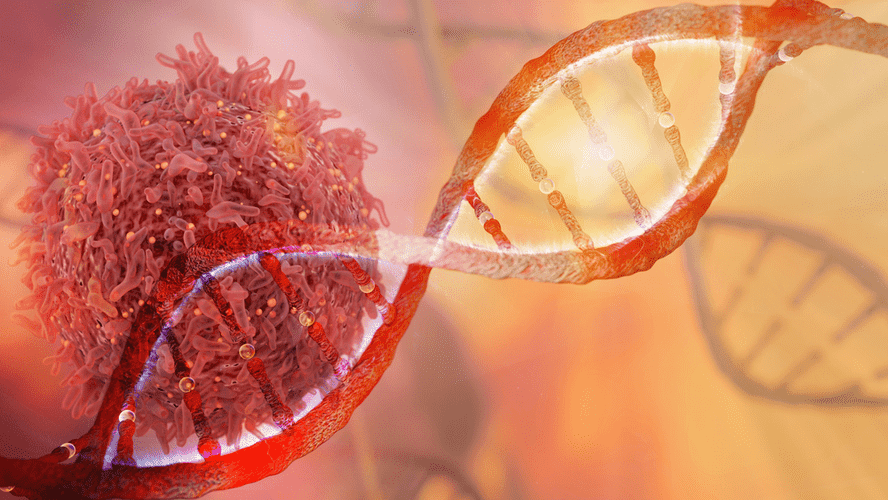The general belief is that this disease may result from a combination of genetic and environmental factors. Stress, anxiety, extreme temperatures, and certain medications may worsen your symptoms. Rosacea is a lifelong skin condition that causes redness of the face. Although it’s not contagious, it can affect your confidence and self-image. Once alcohol consumption has been reduced or stopped, the symptoms should start to improve.

In contrast, men who did not flush after drinking did not see an increased risk of high blood pressure until they drank eight or more drinks per week. Flushing does not cause immediate health problems, but it may signal an increased risk of some serious health issues, such as high blood pressure and certain types of cancer. Rosacea enlarges and thickens the skin, which can cause extra tissue to form on the nose. This condition is known as rhinophyma and can make the nose seem disproportionately large and bloated.
Flushing
Give your body time to process the alcohol you had before you try to go to sleep. On average, it takes an hour for your body to process one standard drink, but this can vary widely from person to person. When the alcoholic gets a lot of alcohol in their brain tissue https://ecosoberhouse.com/ following heavy drinking, something different occurs. A small part of the acetaldehyde goes to the brain, where it interacts with a substance called dopamine to form THIQ. Once the THIQ is formed, it does not go away, even if the alcoholic stops drinking.
Are You the Same Person You Used to Be? – The New Yorker
Are You the Same Person You Used to Be?.
Posted: Mon, 03 Oct 2022 07:00:00 GMT [source]
While end-stage alcoholism is a dire situation, it’s not a hopeless one. Late-stage alcoholics can get better if they seek treatment, and some of their health problems can even be reversed if caught early enough. By this stage, their drinking alcoholic nose is taking an obvious physical toll as well. They may appear red in the face or look bloated and generally unwell. The alcoholic probably isn’t sleeping or eating well at this point and may not be keeping up with personal hygiene.
Disability profiles supported in our website
A liver enzyme called aldehyde dehydrogenase 2 (ALDH2) breaks acetaldehyde down into less toxic substances. Even though alcohol may exacerbate facial redness and rosacea, it is not the cause. Still, eliminating alcohol consumption is key to avoiding rosacea flare-ups. In addition to facial redness, many alcoholics experience facial puffiness or bloating. There are two main reasons an alcoholic’s face will appear swollen or bloated. The first reason stems from the skin’s dehydration caused by the alcohol.

Below are the other harms of alcohol that are similar to red face and flushing. Some people are more prone to have a red face after drinking than others. These groups are based on ethnicity, enzyme deficiencies, and even preexisting conditions.
Dry Skin
In these cases, it doesn’t create enough enzymes to break down the acetaldehyde that’s within alcohol. Additionally, a study published in the Journal of the American Academy of Dermatology noted that alcohol consumption increases the risk of rosacea in women. Similar research is needed on the link between alcohol consumption and rosacea in men. The best way to keep flushing and the high blood pressure that could come along with it at bay? If that means saying goodbye to your favorite drinks, try these 15 yummy alcohol-free mocktails instead.
- At New Leaf Detox and Treatment, we use a holistic approach to treat alcohol addiction.
- Puffy face and bags under the eyes, secondary to alcoholism, can lead to much less defined features.
- The science behind alcohol flush reaction all comes down to genetics.
- Ria Health offers a proven at-home treatment to help you limit or stop your consumption of alcohol.
- Alcohol also breaks down collagen in vein walls, resulting in “spider veins” being more apparent on the surface of the skin [16].
- In fact, the risk is much higher than in people who don’t have a red face after drinking alcohol.
- Studies have also linked drinking alcohol with certain types of cancer.
If the liver isn’t functioning properly due to the damage caused by alcohol abuse, the bilirubin accumulates in the blood and body tissue, causing this yellow coloring. Alcohol-related physical symptoms can vary in how well they can be treated and how permanent the effects are. Inflammed blood vessels, rashes, sagging eyes, and odor issues can all be eased or eradicated through reduced alcohol consumption and medical treatment. Others, such as jaundice caused by liver disease and skin cancer are less treatable and are often a sign of end-stage alcoholism. When your face turns red after consuming alcohol, it may be a sign of an alcohol flush reaction. This occurs due to your body’s inability to properly break down alcohol, which leads to a buildup of acetaldehyde, a toxic byproduct of alcohol metabolism.
